In the ever-evolving world of culinary trends, what delights one generation might perplex another. Millennials, known for their adventurous palates and willingness to embrace novel foods, often find themselves at odds with the tastes of baby boomers.
This cultural and generational divergence in food preferences creates a fascinating tapestry of likes and dislikes. While millennials revel in the bold flavors and textures of foods that reflect their diverse lifestyles and values, boomers sometimes find these choices bewildering.
Let’s explore twelve such foods that highlight this generational food gap.
Avocado Toast
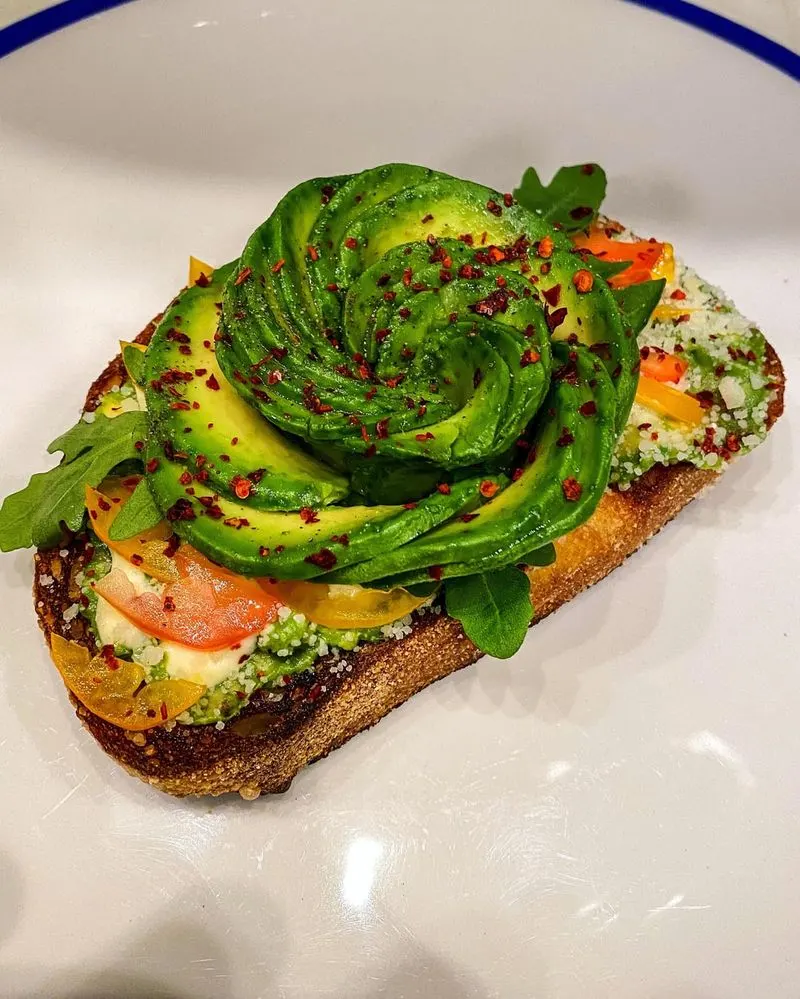
Avocados, creamy and versatile, have become the poster child of millennial dining, especially when elegantly mashed onto artisanal bread. This seemingly simple yet gourmet toast often leaves boomers scratching their heads and wondering why anyone would pay a premium for what’s essentially guacamole on bread.
Yet, for millennials, it’s not just about the taste; it’s about the experience and the Instagrammable moment. Avocado toast is a symbol of health-consciousness, minimalism, and a lifestyle that values quality over quantity.
Its vibrant presentation and rich nutritional profile make it a breakfast staple for many.
Kombucha

Fermented tea with a tangy zing, kombucha boasts probiotics that millennials swear by for gut health. However, its vinegary taste and floating bits of bacteria culture can turn off boomers who didn’t grow up with fermentation trends.
For millennials, kombucha represents a fusion of traditional wellness practices and modern health insights. Sipped from a chic bottle, it’s as much a fashion statement as it is a beverage choice.
Its effervescence and potential health benefits keep it on the shelves of trendy cafes and health stores, embodying the millennial quest for holistic well-being.
Sushi Burrito
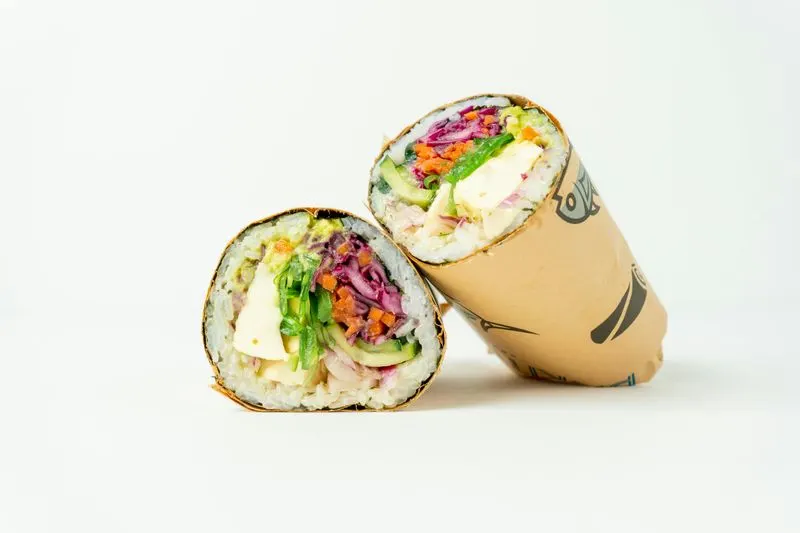
The sushi burrito, a fusion of flavors and textures, wraps the elegance of sushi in the convenience of a burrito. Millennials, with their on-the-go lifestyles, appreciate this portable and hearty meal.
It’s a culinary innovation that can leave boomers puzzled over its practicality and sheer size. For millennials, it captures the essence of creativity and multicultural cuisine.
The sushi burrito is a perfect meal for those who crave the taste of sushi but need something more substantial. Its vibrant colors and fresh ingredients make it not only delicious but visually appealing as well.
Spiralized Vegetables
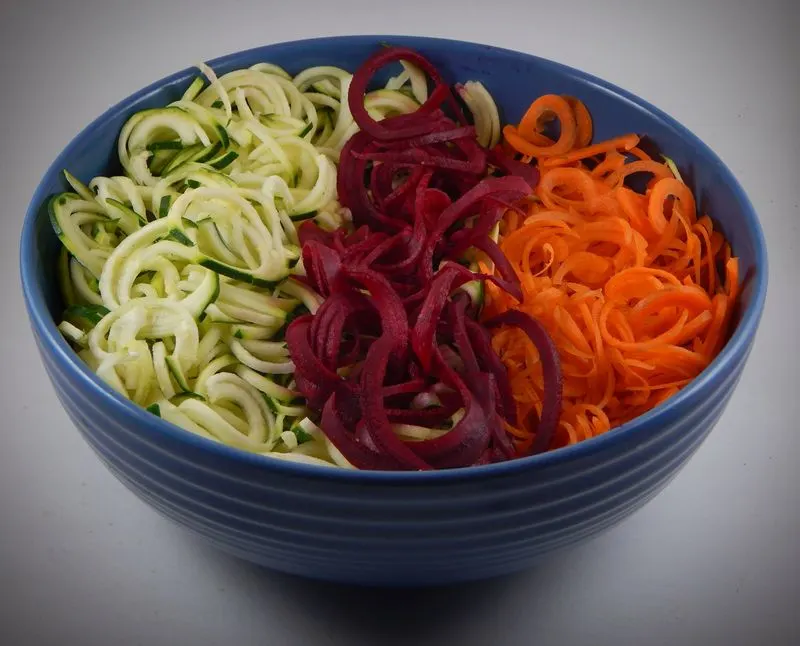
Transforming humble veggies into spirals of vibrant color, millennials have turned an ordinary meal into a culinary art form. Think of zucchini noodles replacing pasta, offering a lighter, gluten-free option.
While boomers might recall simpler veggie dishes, millennials thrive on these Instagram-worthy plates that embody health and creativity. Spiralized vegetables offer an exciting alternative for those seeking variety without sacrificing health.
They bring a playful twist to traditional dishes, making them more appealing and nutritious. This innovation aligns with the millennial focus on wholesome, visually appealing meals.
Charcoal-Activated Foods
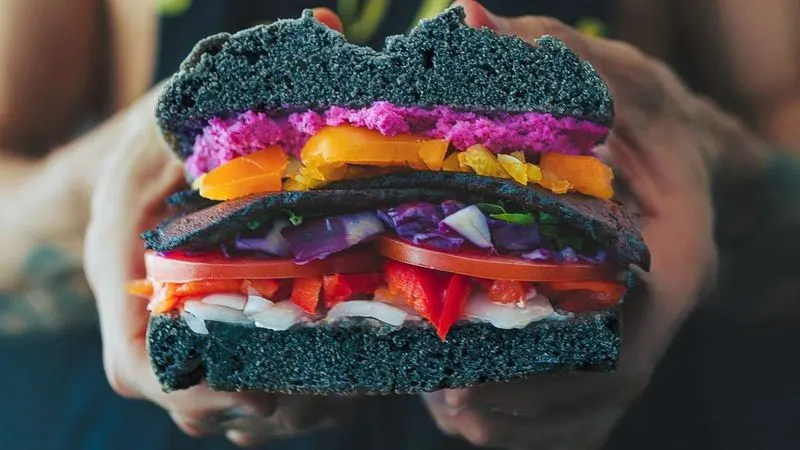
Activated charcoal has found its way into everything from ice cream to pizza, drawing millennials with its detoxifying allure. However, its inky hue and health claims might leave boomers skeptical.
For millennials, charcoal-infused foods are more than just a trend; they’re a bold statement of individuality and health consciousness. These foods promise a unique experience, from the striking visual contrast to the subtle flavor notes.
The allure of charcoal foods lies in their mysterious appearance and the perceived health benefits, despite the ongoing debate about their efficacy.
Almond Milk
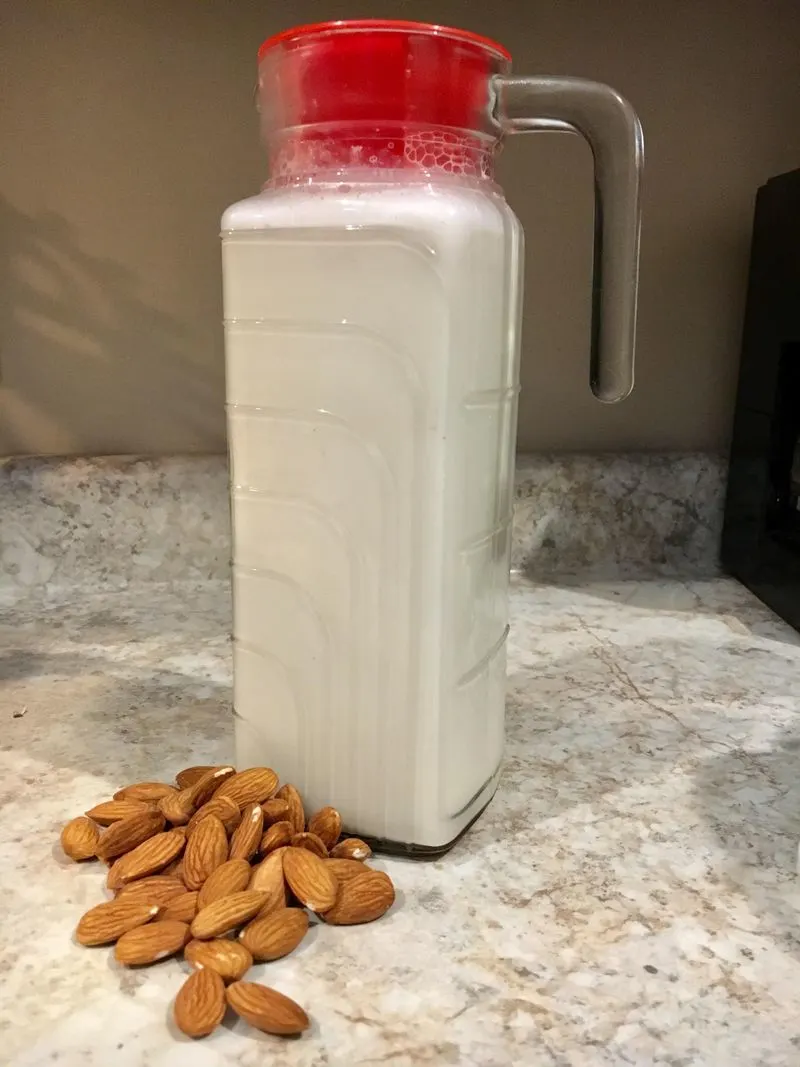
Dairy alternatives like almond milk have surged in popularity among millennials who embrace plant-based lifestyles. Boomers, who grew up with traditional dairy, might find the nutty flavor and watery texture of almond milk unappealing.
For millennials, it’s a versatile option that caters to lactose intolerance and ethical concerns. Almond milk fits seamlessly into smoothies, coffees, and baking, offering a subtle nutty undertone.
Its plant-based origins and environmental benefits resonate with millennials’ values, making it a staple in their kitchens. This shift reflects a broader trend towards conscious consumption and sustainable living.
Quinoa
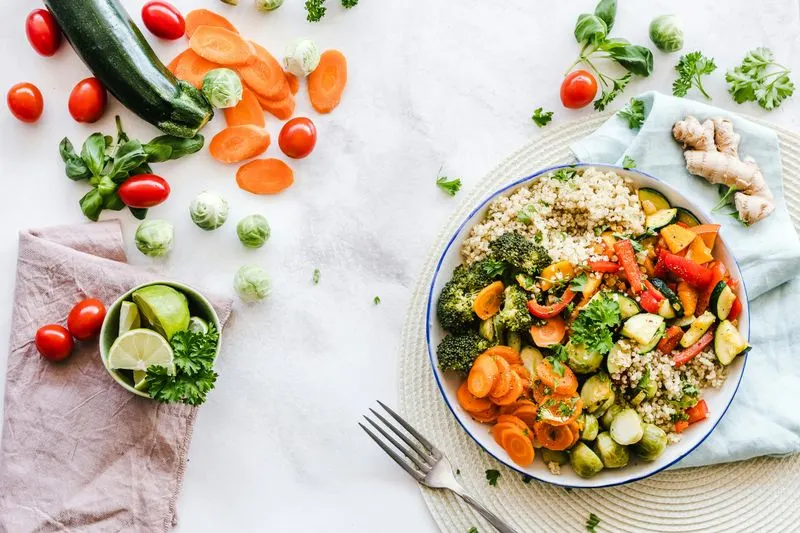
Quinoa, the ancient grain revered for its high protein content, has become a favorite amongst millennials. Its earthy flavor and unique texture, however, might not appeal to boomers used to traditional grains like rice or barley.
For millennials, quinoa is more than a grain; it’s a superfood packed with nutrients and versatility. It finds its way into salads, bowls, and even breakfast porridge, reflecting a shift towards health-focused eating.
Quinoa’s rise is part of a broader movement embracing whole foods, aligning with millennial priorities of health, wellness, and sustainability.
Chia Seed Pudding

Chia seeds, tiny powerhouses of nutrition, have captured the millennial market for their ability to transform into creamy pudding. While boomers might find the gelatinous texture off-putting, millennials enjoy its health benefits and versatility.
This pudding serves as a blank canvas for creative toppings, from vibrant berries to crunchy nuts. Chia’s rise in popularity speaks to a broader trend of embracing nutrient-dense foods that cater to busy lifestyles.
It’s a breakfast or snack that offers convenience without sacrificing health, fitting perfectly into the fast-paced, health-conscious millennial routine.
Plant-Based Burgers

The plant-based burger revolution, led by brands like Beyond Meat and Impossible Foods, has captivated millennials seeking meatless options that don’t compromise on taste. Boomers, accustomed to traditional beef patties, might hesitate at the idea of a meatless burger.
For millennials, these burgers are a triumph of food technology, offering familiar flavors with a fraction of the environmental impact. The juicy, savory taste mimics traditional burgers, making it easier for meat-lovers to transition.
Plant-based burgers symbolize the millennial commitment to sustainability and innovation in the food industry.
Hummus
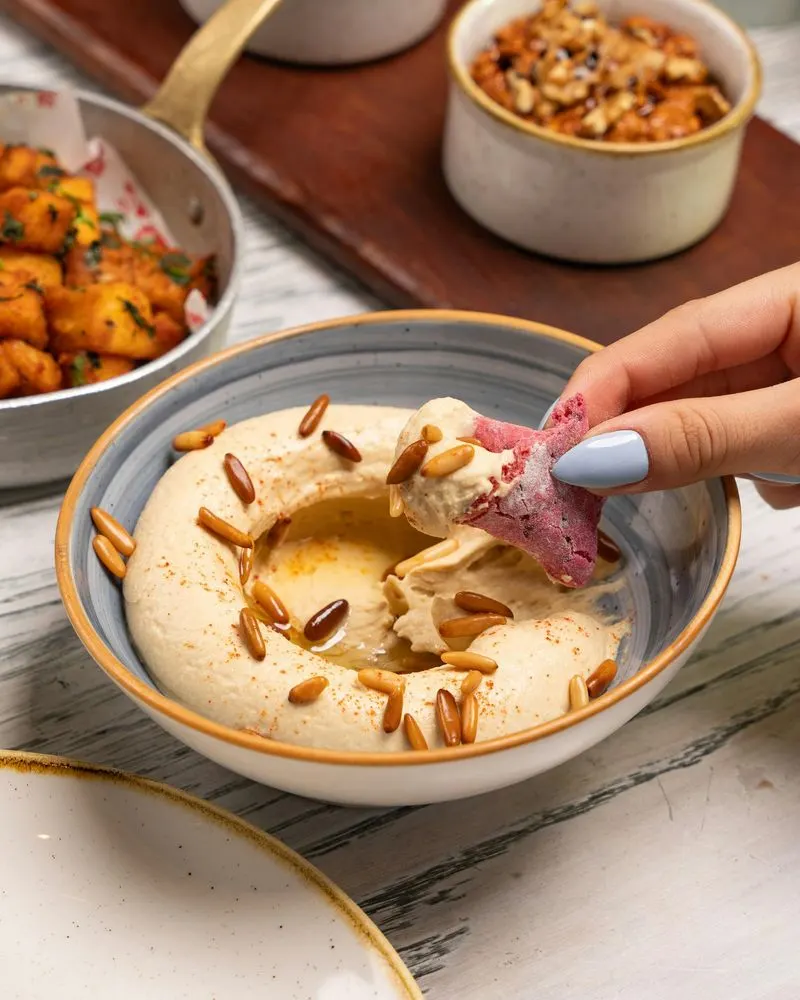
Once a niche Middle Eastern dip, hummus has gained mainstream popularity among millennials who appreciate its versatility and health benefits. Boomers might find it an acquired taste, unfamiliar with its creamy texture and subtle flavors.
For millennials, hummus is more than a dip; it’s a culinary staple that complements everything from sandwiches to salads. Its rise reflects a trend towards global flavors and plant-based eating.
Packed with protein and fiber, hummus aligns with millennial values of health and convenience, embodying a shift towards mindful eating habits.
Edible Insects
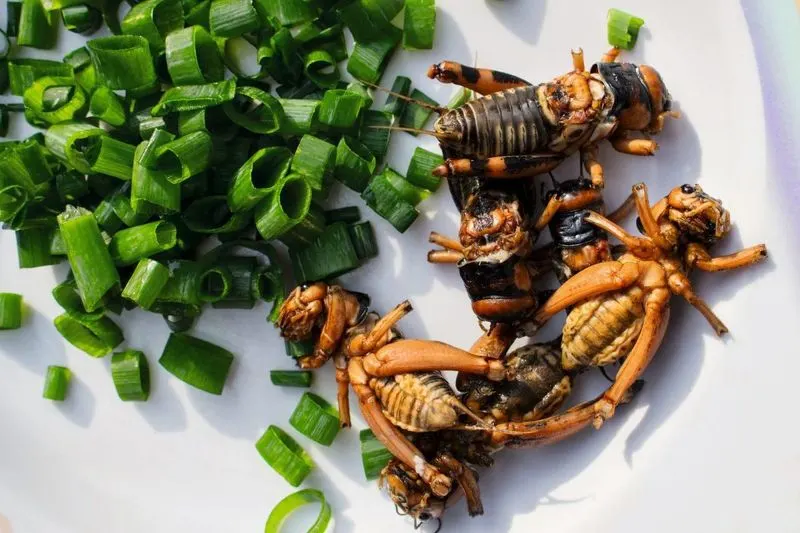
Edible insects, a protein-rich and sustainable food source, have started to gain traction among adventurous millennials. Boomers, less accustomed to such unconventional fare, might squirm at the thought.
For millennials, insects represent a forward-thinking approach to food security and environmental sustainability. These critters offer a new way to explore culinary boundaries while addressing global challenges.
Insect-based snacks and meals provide a crunchy texture and are often seasoned to enhance their natural flavors. Embracing this trend reflects a broader shift towards innovative, eco-friendly food solutions that challenge traditional norms.
Matcha
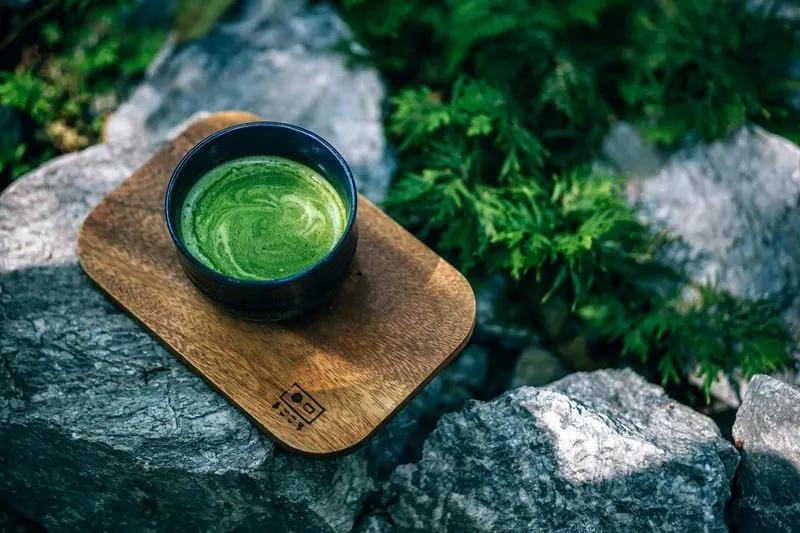
Matcha, the finely ground green tea powder, has found its way into lattes, desserts, and health drinks, captivating millennials with its vibrant hue and antioxidant properties. Boomers might find its grassy flavor and preparation methods unusual.
For millennials, matcha is synonymous with zen and wellness, offering a moment of calm in a hectic world. Its preparation is an art form, requiring mindfulness and precision.
The energy-boosting qualities and unique taste profile make matcha a staple in millennial diets. Its rise reflects a broader appreciation for ancient traditions and holistic health practices.
